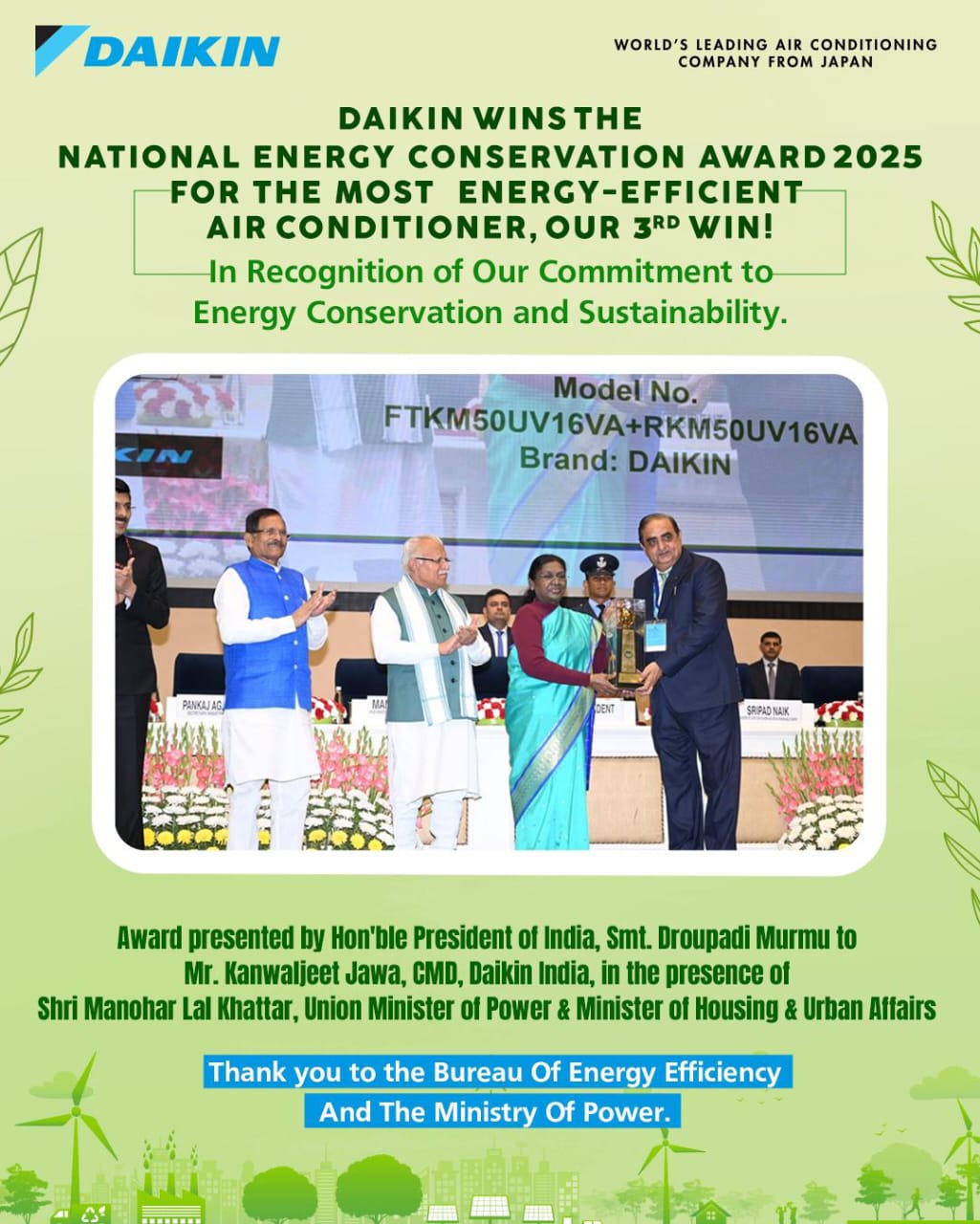

Problem
You can get heatstroke even on a rainy day
According to data released by the Fire and Disaster Management Agency of the Ministry of Internal Affairs and Communications, from August 1 to 17 in the summer of 2017, 14,444 heatstroke patients were transported to the hospital. Even though the highest temperature fell below 30℃ from August 10 to 12, 2,248 people were transported.
During summer of 2017, Japan experienced heavy rains, especially in central Tokyo. It rained for 17 consecutive days from August 1 to 17, making it 2nd longest record for the month of August since 1977.
The temperature was lower than usual, with the highest temperature falling below 30℃ for 10 days from August 1 to 17. Compared to 2016 when only one day was below 30℃ and the highest temperature exceeded 35℃ on most days, 2017 was considered a comfortable season. However, the average humidity was 85% which was the highest level in 89 years.
We would like to introduce the causes of heatstroke and the countermeasures.
Point
The main cause of heatstroke is high humidity
It is a common misunderstanding that heatstroke occurs mostly in August during the hot summer. The fact is it occurs mostly in June when the rainy season starts or in July when the rainy season ends since the body is still not used to the sudden increase in heat. The “Heat index (WBGT)” provided by the Ministry of the Environment uses a numerical value to determine the risk of heatstroke with an index consisting of “Temperature“, “Humidity” and “Radiant heat“. The ratio at the time of calculation for outdoor use is 70% Humidity, 20% Radiant heat, 10% Temperature while for indoor use it is 70% Humidity, 30% Radiant heat. Since Humidity accounts for 70% of the heat index both indoors and outdoors, the higher the humidity, the more careful you need to be about heatstroke.
Temperature and Humidity relation - Heatstroke cases from June to September of 2015
*The darker the red, the greater the number of emergency rescues.

Source: Tokyo Fire Department * Partially modified
"Heat index WBGT" for heatstroke risk assessment
Outdoor WBGT = 0.7 x wet-bulb temperature + 0.2 x black-bulb temperature + 0.1 x dry-bulb temperature
Indoor WBGT = 0.7 x wet-bulb temperature + 0.3 x black-bulb temperature

Source: "Heatstroke Environmental Health Manual 2018" Ministry of the Environment
Special attention is required for people older than 65. In 2017, 52,984 people were taken to hospital by ambulance due to heatstroke, and about half of them were aged 65 or older. As we age, the body‘s temperature sensors become less sensitive to heat and are unable to cool or regulate body temperature. Compared to younger people, most elderly people in the summer live in a hot and humid environment where the room temperature is about 2ºC higher and humidity is 5% higher.
Percentage of heatstroke patients by age

Source: "Emergency transport due to heatstroke in 2017 (May to September)" Fire and Disaster Management Agency
Heatstroke location in 2017

Source: "Emergency transport due to heatstroke in 2017 (May to September)" Fire and Disaster Management Agency

Solution
Set the temperature at 28 ºC and humidity between 50 - 60%.
The ideal way is to keep track of humidity via thermohygrometer. Be careful if you feel hot even if the temperature is 28 ºC; the alert level becomes higher if the humidity is more than 70%. Instead of just focusing on temperature, use air conditioners to control humidity between 50 to 60%.
Creating an environment that makes it easy to sleep is also a countermeasure against heatstroke at night.

If you want to use the air conditioner all night long when you go to bed, set the temperature above 28ºC and set the humidity between 50 to 60% in dehumidification mode. By lowering the humidity, only the sensible temperature is lowered without overcooling the body. This way, sweat immediately dries up as well which makes it easier to sleep.

If you don‘t want to sleep with the air conditioner on, use the timer function. The amount of sweat increases immediately after going to bed, but by cooling the room with a timer, the humidity is also controlled, and sweat can be dried which makes it easier to fall asleep. If “off timer” is set to 3 hours, you will enjoy a stable deep sleep without disturbance caused by temperature change.
In addition, when it is too hot to sleep on an extremely hot day or at 28ºC, it is important to protect your body from the risk of heatstroke by taking appropriate measures, such as lowering the temperature to a set temperature that does not make it too cold.


